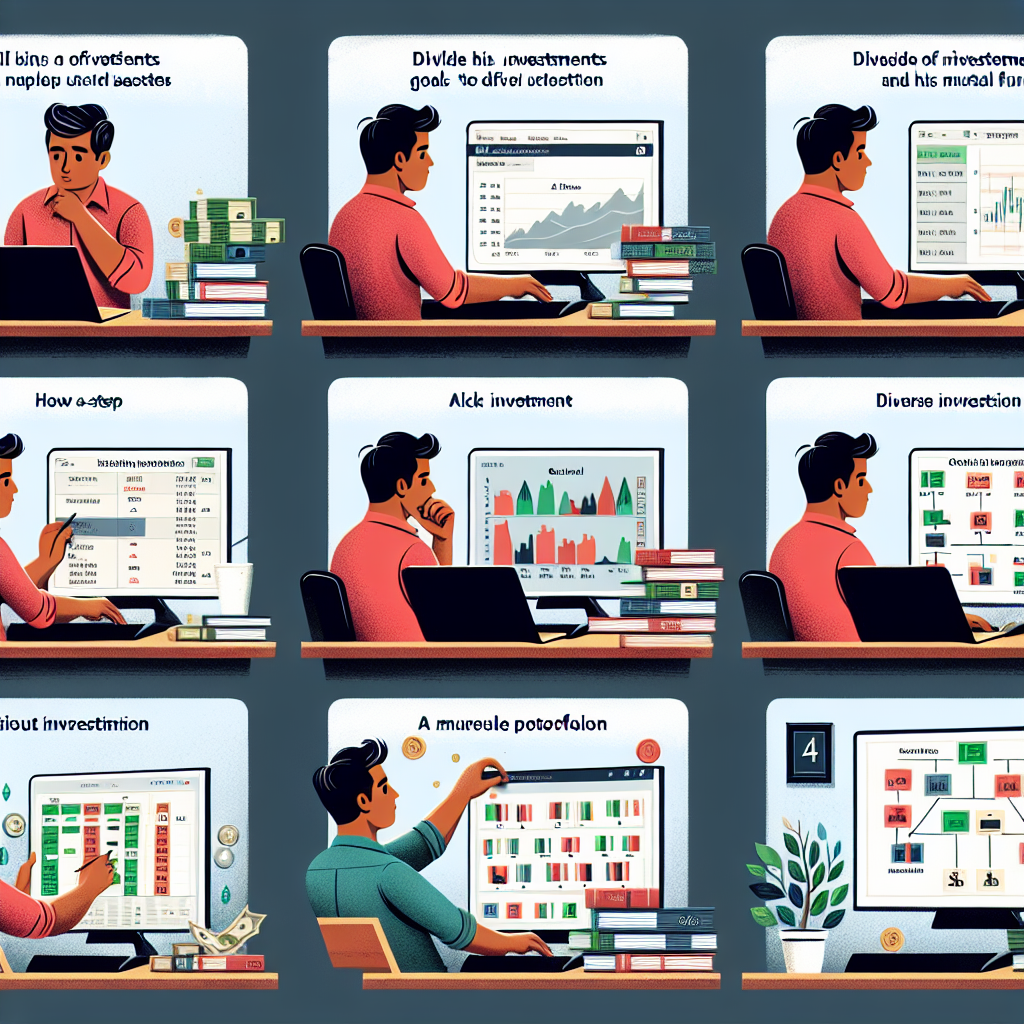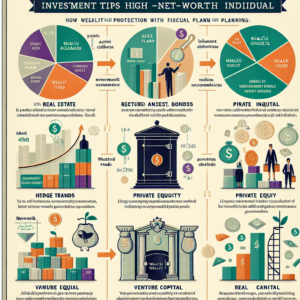
Introduction to Building an Investment Portfolio
Creating an investment portfolio from scratch might seem daunting, especially to those new to investing. A well-constructed portfolio is essential for meeting financial goals and providing financial security. The process involves understanding your financial goals, risk tolerance, and investment options. In this guide, we’ll break down the steps to build an investment portfolio that suits your needs.
Determining Your Investment Goals
The first step in creating your investment portfolio is to define your financial goals. Whether you’re saving for retirement, a down payment on a house, or your child’s education, having clear objectives will help tailor your investment strategy.
Short-term vs. Long-term Goals
Understand whether your goals are short-term (less than three years), medium-term (three to ten years), or long-term (more than ten years). This timeframe will affect your investment choices.
Risk Tolerance
Assessing your risk tolerance is crucial. Are you comfortable with the possibility of losing money for the potential of higher returns, or do you prefer a conservative approach? This will guide the selection of investment types in your portfolio.
Understanding Investment Types
There are various asset classes you can include in your portfolio, such as stocks, bonds, mutual funds, and real estate. Each has its risks and rewards.
Stocks
Stocks represent ownership in a company. They offer high potential returns but come with higher risk.
Bonds
Bonds are loans you give to an entity (corporate or sovereign), providing a fixed return over time. They are generally safer than stocks but offer lower returns.
Mutual Funds and ETFs
Mutual funds and ETFs (Exchange Traded Funds) allow you to invest in a basket of assets. They offer diversification and reduced risk compared to individual stocks.
Asset Allocation
Asset allocation involves distributing your investment across various asset classes to balance risk and return. It should reflect your risk tolerance and investment horizon.
Diversification
Diversification reduces risk by spreading investments across different asset classes and sectors. Avoid putting all your money in one type of investment.
Building Your Portfolio
Once you’ve determined your goals, risk tolerance, and understand the different types of investments, you can start building your portfolio.
Choose Investments Wisely
Select investments that align with your goals and risk tolerance. Consider low-cost index funds for diversified exposure.
Keep Costs Low
Investing costs can eat into your returns. Look for low-fee investment options and be mindful of transaction costs.
Rebalancing
Market movements may cause your initial asset allocation to shift. Regularly rebalance your portfolio to maintain your desired asset allocation, adjusting as your goals and risk tolerance evolve.
Monitoring and Adjusting Your Portfolio
Constant monitoring is key to successful investing. Markets change, and so do your financial goals and situations.
Review Periodically
Review your portfolio at least annually or after significant life events. This helps ensure that your investments align with your current goals and risk tolerance.
Stay Informed
Stay updated on financial news and market trends. However, avoid making impulsive decisions based on short-term market fluctuations.
Seek Professional Advice
If you’re unsure about making investment decisions, consider consulting a financial advisor. They can provide personalized advice tailored to your financial situation.
Conclusion
Building an investment portfolio from scratch requires careful planning and understanding of your financial goals, risk tolerance, and the investment landscape. By following the steps outlined in this guide, you can create a diversified portfolio that aligns with your financial objectives. Remember to periodically review and adjust your portfolio as necessary, and consider professional advice to navigate complex investment decisions.





